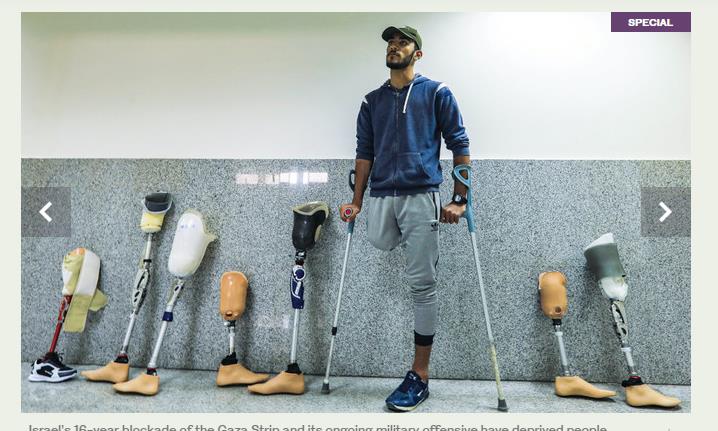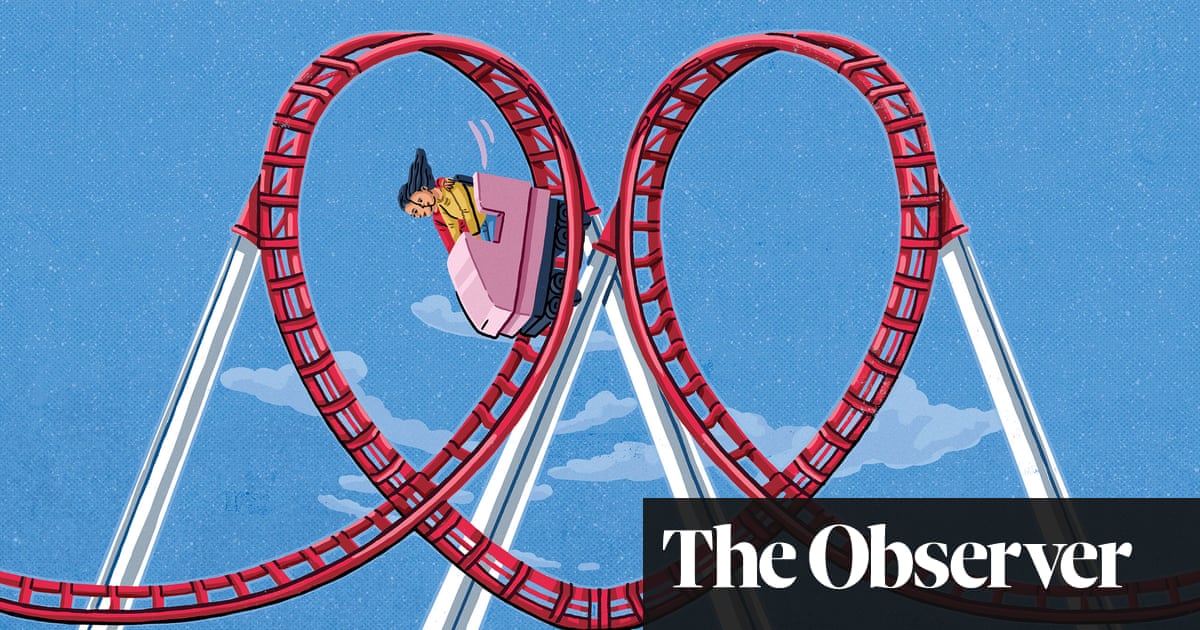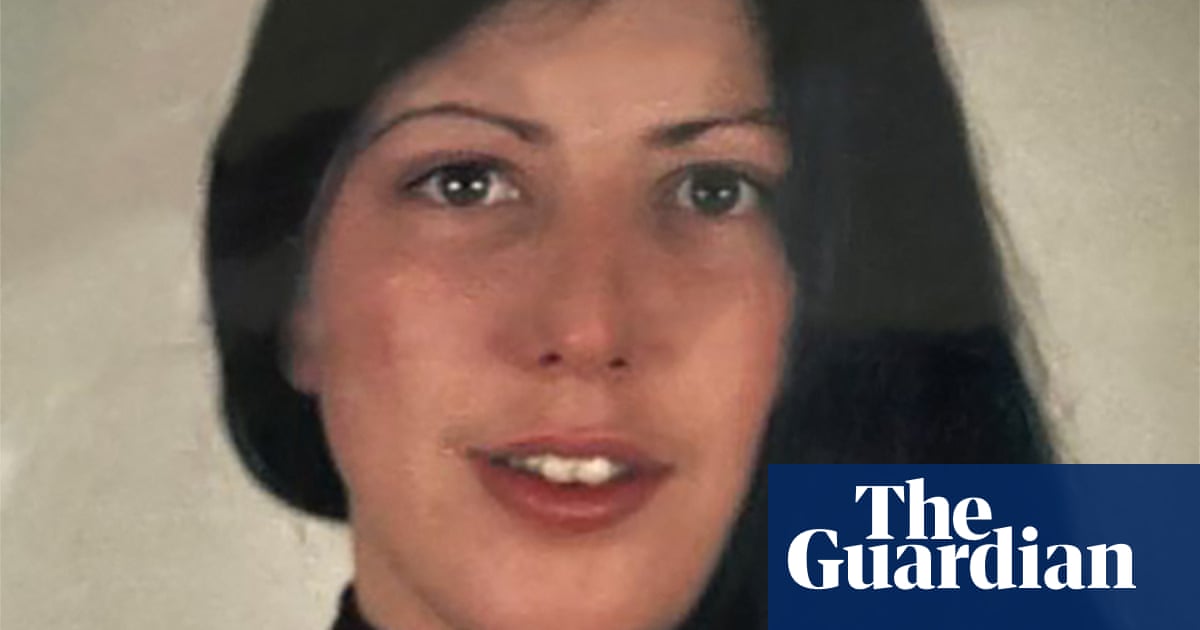
ince mid-March, theatre-makers have been faced with a dilemma: how do you continue to make art when conventional theatre, the performing of stories to audiences in dark rooms, is not pandemic-compatible? Some were quick to embrace the shift to digital, while others resisted. A few suggested that maybe it was best to just stop making theatre at all for the time being, until things returned to normal. This, though, did not take into account the fact that artists still need to eat, and that retraining as a coder isn’t an option for many, despite what Rishi Sunak and the Conservatives might believe.
New work started to appear. In the beginning there were a lot of monologues; short, self-filmed pieces in the main. Then, as video-conferencing became the primary tool for talking to colleagues and friends, the Zoom play took off. US playwright Richard Nelson wrote a series of new pieces for his pre-existing characters, the Apple family, with the siblings sharing snippets of their Covid-19 existence; while the innovative Belarus Free Theatre – whose politically exiled co-founders are a step ahead of most, having been creating work remotely for years – produced an ambitious live Zoom adaptation of the Russian novel A School for Fools, featuring props from their apartments, drone footage and accidental cat cameos.
However, as it became apparent that conventional performance would not be possible for some time to come, it turned out that Zoom plays were just the beginning. Theatre-makers have had to become more inventive, to explore different platforms and new forms of storytelling. Over the past months, we have seen audio theatre, video theatre, phone theatre, WhatsApp theatre and even, in the case of recent Derry performance Playcraft Live, Minecraft theatre.
Terry O’Donovan and Daphna Attia’s theatre company Dante or Die repurposed its site-specific 2018 Edinburgh fringe show, User Not Found, as an “immersive video podcast”. Designed to be experienced on your phone and listened to via headphones, the new version uses a mix of dreamy soundscape and intimate narration to tell a story about grief and our digital afterlife. Making work in this way has the capacity to reach more people. While the live version of the production, performed in a cafe, was seen by a maximum of 50 people a night, the video podcast has been experienced by more than 5,500.
But is it theatre? For Attia, this moment has created “an opportunity to start telling stories in new ways using the digital”. It is possible, she says, for a work “to be theatre and an installation and a piece of art. The mainstream theatre sector has been quite rigid for a long time but the fringes have always been playing around with form, experimenting with audio, digital, live art, journeys that don’t conform to what ‘theatre’ is for many people.” One person watching User Not Found reported the impulse to pick up her phone and comfort it during one particularly emotive moment. “Some friends pressed ‘play’ at the same time as each other and enjoyed feeling like they were connected,” says Attia.
Phones are also central to the French director Samuel Sené’s show C-o-n-t-a-c-t, already something of an international hit, performed at locations around London and Europe. Audience members download an app that allows them to listen in, via headphones, on a group of actors as they move through the city’s streets, telling a story about urban isolation and guardian angels. It feels like digital eavesdropping: you can hear the performers’ every breath and thought, while watching from a safe distance.
Visitors, the new audio experience by Darkfield’s Glen Neath and David Rosenberg, is designed for two people to experience together in their own home. Neath and Rosenberg have been experimenting with making work outside auditoriums for 25 years, most recently via their often terrifying shipping container experiences Flight and Séance, 15-minute events that use a mix of binaural sound and blanketing darkness to capture the terror of being on a plane on the verge of crashing, or the sense of being trapped in close quarters with a malevolent spirit. This made them better placed than most to adapt.
Their new audio shows have been created using a similar process to their previous work. The intention is still to create “a doubt as to what is real or imagined”, says Rosenberg. They believe the work still has the feel of live events in that “there is still a shared experience albeit with the smallest amount of moving parts: two people in their home”. But it is as much radio as theatre. “The immersion works in a way that is close to reading, as the experience is so dependent on the imagination of the audience,” says Neath.
The fact that theatre is both the word for an artform and the building that houses that artform can be an obstacle, Rosenberg says, in that it creates a set of expectations. Increasingly now, artists are turning their attention from the stage to the home, where they need to compete with television and other distractions. The first hurdle, says Rosenberg, is getting people “to carve out a temporary bolthole where the endlessly pervasive grasps of our attention are weakened”.
After the tour of her 2019 Edinburgh fringe show All of Me was cancelled, theatre-maker Caroline Horton, whose shows often explore mental health issues, was reluctant to simply release a video version of her latest show, as others were doing. The show’s director, Alex Swift, suggested they instead try Twine, an interactive storytelling platform, though Horton confesses she had no idea what Twine was until then. All of Me is about the experience of depression, and Twine’s “choose your own adventure” format offered interesting narrative possibilities. In a show about cycles of recovery and relapse, it was now possible to create a sense of endless looping that can be difficult to fully capture on stage. “If the player makes certain choices you can get stuck in a loop where you keep going to the supermarket and buying vodka.”
“I had to go back to the script and pull it apart,” says Horton, who has been discovering how something as small as a change in font or background colour can shift the experience for the player. Twine also offers its users a sense of agency. “With Twine, you can dip in and out in a way you can’t with a theatre experience. You’re in control of that.” While small in form, Twine is not dissimilar to Netflix’s interactive Black Mirror experiment Bandersnatch and the work of immersive theatre giants Punchdrunk, whose ambitious crossover project The Third Day just premiered on Sky Atlantic, in that the audience member becomes a participant.
One of the first actual back-in-a-theatre productions was the Donmar Warehouse’s adaptation of José Saramago’s Blindness, a novel about a planet-sweeping disease that renders people blind. It was billed as a “socially distanced sound installation”, created with theatre’s go-to sound designers Max and Ben Ringham. Having conceived it in pre-coronavirus times, the director Walter Meierjohann had envisioned an epic production with a massive cast and community choir, but he ended up creating a show with no live actors, in which masked, distanced audience members listened to a pre-recorded monologue by Juliet Stevenson. “It was very intimate and, actually, as an audience member you felt very much part of the action, although you’re just sitting there.”
In the theatre, you are always working with restrictions, says Meierjohann, be they budgetary or spatial. That is not new and there’s something creatively energising about it: the National Theatre built temporary venue The Shed while its studio was being refurbished, and in the process created one of London’s most exciting spaces.
Blindness is not theatre in the strictest sense, as it lacks the element of live performance, says Meierjohann. The narration is fixed, like a film. “But it was all about coming together again. We were one of the first who were able to do that and it felt extremely important.”
On the other hand, he says, the current situation is also desperately sad. “The first preview was extraordinarily moving because, suddenly, we have people in the space again.” Now, just as suddenly, those people are gone.
With a second lockdown upon us, perhaps more theatre-makers will take pointers from the first one. The last few months have greatly expanded our sense of what theatre can be, and how and where we can experience it. Even when faced with a global pandemic, theatre-makers will always find new ways to tell stories, proving that adaptability is the essence of theatre. Maybe Rishi should pay closer attention.
All of Me will be released on Twine in November; tickets for Visitors are available from darkfield.org; User Not Found is on YouTube now












